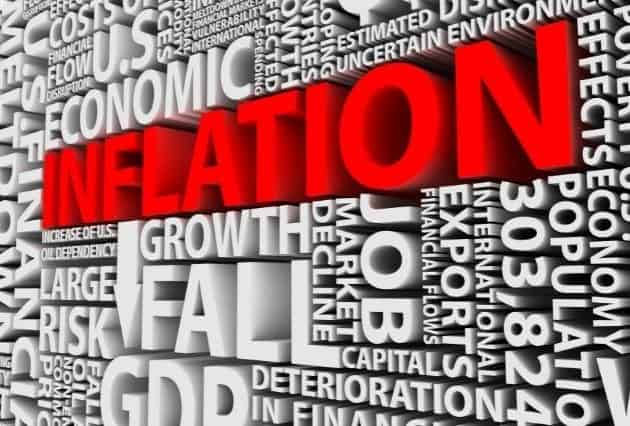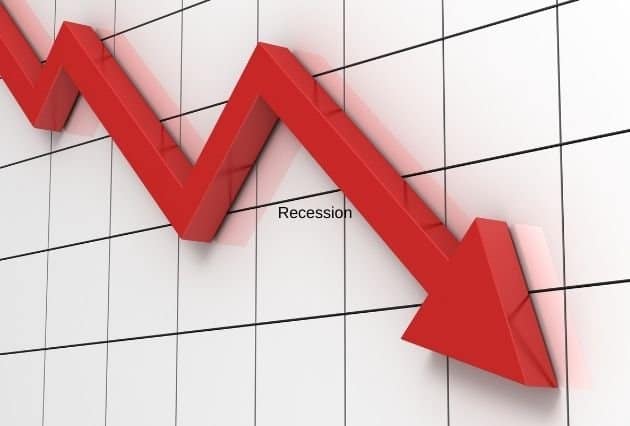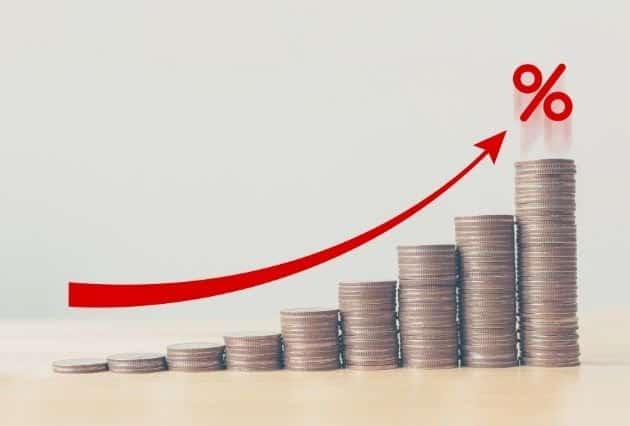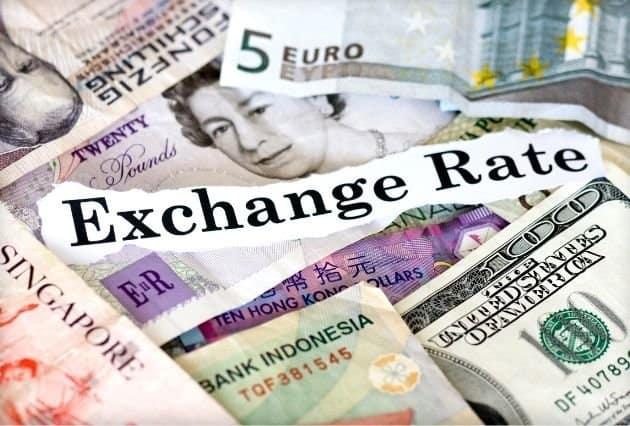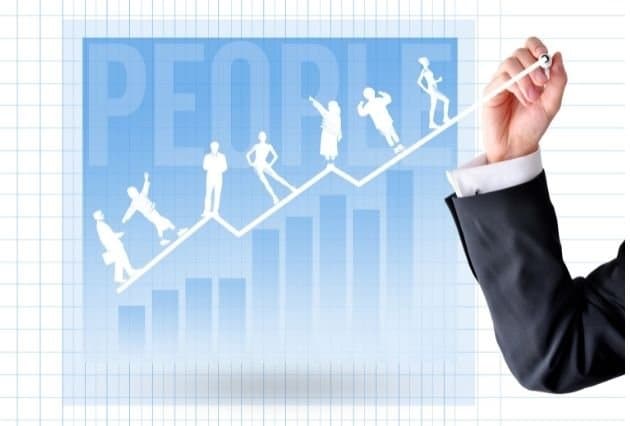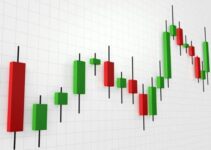External Factors Affecting Business Environment
Economic Forces
The economic environment can have a major impact on businesses by affecting patterns of demand and supply. Companies need to keep a track of relevant economic indicators and monitor them over time.
Income
Income indicates a customer’s ability to spend on the products sold by the marketer. The rise in the number of dual income families in several parts of the world, including urban world, has led to the rise in the incomes for such families. This has resulted in higher demand for lifestyle and luxury products.
However, marketers should be wary of making generalizations, as customer’s propensity to spend depends on cultural factors as well. Such products, such as dishwashers, that are considered in necessities in Western markets, do not even fall into the consideration set of consumers.
Inflation
Inflation refers to an increase in prices without a corresponding increase in wages, resulting in lower purchasing power of consumers. When cost of production of products and services is low, they will be sold at lower prices. Inflation rate is higher when costs of producing products or services go up, or when there is too much money chasing too few supplies, prompting suppliers to raise prices and earn higher profits.
High inflation rate decreases real wages, i.e. the customer can buy less goods with his income because the goods have become costlier. Inflation will reduce the demand for several products because the customer will ration his income on goods. In inflationary times, customers stock items to save themselves from further increase in prices and abandon their favorite brands to buy more economical brands.
When costs of production go up, companies should try to withhold increasing prices for as long as possible. In the long run, companies will have to look for better methods of production and cheaper inputs so that cost of production can be brought down.
Recession
Recession is a period of economic activity when income, production, and employment tend to fall. Demand of products and services are reduced. During recession, companies should improve existing products and introduce new ones.
The idea is to reduce production hours, waste, and the cost of materials so that companies can offer products at lower prices. The most potent way to end a recession cycle is to make it attractive for customers to buy more.
In recession, business buyers will postpone the purchase of new equipments and materials because they do not know if there will be demand for their products and services. Sellers should be willing to extend credit to buyers to get over their reluctance to purchase. Sales of replacement parts and other services may become an important source of income.
Companies should emphasize their top-of-the-line products and promote product value. Customers with less to spend will look for demonstrated quality, durability, and capability to save time and money. High priced, high value items do well during recession.
Companies should understand that though there are specific causes that trigger recession. It is perpetuated because consumers and businesses become uncertain about future and are reluctant and scared to buy. Once consumers start buying, businesses will start buying automatically. Therefore companies selling to consumers should generate confidence in the consumers by offering them high quality products and services at reasonable prices and also extend credit to them.
Interest Rate
If interest rate of an economy is high, businesses will borrow capital at a higher rate and they will set up new businesses only when they are convinced that they can earn at a rate higher than the interest rate they are paying on the capital. Even in existing businesses operating costs would go up as their working capital requirements will attract higher interest rates.
Therefore companies will be able to produce products and services at higher costs and will perforce sell them at higher prices. There will be inflationary tendencies if interest rates are higher for long periods. Consumers will have strong tendencies to save because of the prospect of earning higher interest rates from their deposits. High interest rates have detrimental effects on the economy.
Exchange Rate
Exchange rate becomes a very important driver of performance when a company exports its products and when it imports materials and components for making its products. It is more profitable to export when the currency of the exporting country is weaker than the currency of the importing country.
But this advantage is nullified if materials and components are imported from a country whose currency is stronger. A company will run its most profitable operations when it exports its product to a country whose currency is stronger, and imports material and components from a country whose currency is weaker.
Technological Factors
New technologies can be used very effectively to counter inflation and recession. New machines can reduce production costs. Advances in information technology have made it possible to plan global supply chains, enabling companies to make better products at lesser cost and distribute them economically.
Technologies for Nations
Economies which are well off should concentrate more on basic research because they can remain ahead of other economies only by creating new businesses through inventing new technologies. They should be ready to relinquish businesses they are currently excelling in, because other economies will catch up with them and developed economies will not be able to charge premium prices for their products and services.
Technologies for Product and Services
New products and services are possible because of new technologies. These help to increase revenues and profits of companies. At different times in history, technologies have created new businesses like automobile, railways, telephones, computers, etc.
Technologies for Business Models
Companies also use new technologies to do business differently and more effectively. For instance, by using the Internet, Dell is able to earn greater profits by serving only the most profitable customers. Companies in fragrance and other business have equipped their customers with design tools so they design their own products and services. Some companies have used the power of the Internet to create virtual design teams. There are a lot of other ways in which technologies like the Internet are impacting businesses.
Socio-Cultural Factors
Social factors influence the products people buy, the prices they are willing to pay, the effectiveness of specific promotions, and how, where, and when people purchase products. But societies are hardly ever static. They change gradually and some changes will be imperceptible if not watched closely. Social change is the most difficult variable for marketing managers to forecast, influence and integrate into marketing plans.
Values
A value is a strongly held and enduring belief. The majority of people living in a society uphold the values of the society. A person’s values are key determinants of what is important and not important to him, how he reacts in a particular situation, and how he behaves in social situations.
Values affect the goods that a customer buys and the ways he buys them. Organizations ore trying hard to become customer oriented. Nowadays, customers do not tolerate ineffective products and sloppy behavior of marketers. Customers have become inquisitive, discriminating, and demanding. Companies should learn to expect tough customers.
Time-starved Customers
Today, many customers place value on non-material accomplishments, such as having control over their lives, and being able to take a day off when they want. As work-life gets longer and more stressful, people are spending their leisure time recuperating. People will increasingly place more value on time than money.
Multiple Lifestyles
Today, people lead multiple lifestyles. They choose products and services that meet diverse needs and interests rather than conform to traditional stereotypes. In the past, a person’s profession defined his lifestyle. Today, a person can be a teacher and also a gourmet, fitness enthusiast, and so many other things. Each of these lifestyles is associated with different products and services and is a potential customer for companies.
Multiple lifestyles increase the complexity of consumers’ buying habits. A person may go on holidays to exotic holiday locations and may spend a fortune to travel, but may dine in very ordinary restaurants. He may buy fast food for lunch but may wear the most expensive suits.
Changing Structures of Families
Multiple lifestyles have evolved because people can choose from a growing number of products and services, and most have the money to exercise more options. The growth of dual-income families has resulted in increased purchasing power. The phenomenon of working women has had greater effect on marketing strategies and initiatives of companies than any other social change. As working women’s earnings grow, so do their expertise, experience, and authority.
Demographic Factors
Demography is the study of people in terms of their age, gender, race, ethnicity, and location. Demographics are significant because people constitute markets. Demographic characteristics strongly affect buyer behavior. Fast growth of population accompanied with rising income means expanding markets. A longer life span means a growing market for products and services targeted for the elderly.
Adolescents
The new-age teens are a marketers’ delight. They do not earn but they are fond of spending, and most of them have their own budgets. They spend lavishly on clothes, eating out, going out, latest gadgets, and are very keen to keep up with their friends in terms of possessions and lifestyles. They do not feel guilty of spending their parents’ money and put real pressure on their parents to shell out money for them.
They will put their parents in financial inconvenience but they will have their motorbikes and fanciful mobiles, and will hang out at eating joints, theaters, and malls. They are stylish and fashion conscious, and submit to peer pressure. They will latch on to the next hot item. They feel they need to have a life of their own, and it should not be denied to them just because they are not earning.
Youth
The current youngsters are growing in a more media-influenced, brand-conscious world than their parents. They respond to advertisements differently and prefer to encounter those advertisements in different places. Companies have to take their messages to the places where these youngsters frequent, whether on the Internet, in a cricket stadium, or television. The advertisements may be comical or may be disarmingly direct.
But the advertisements should never suggest that the advertiser knows these youngsters better than they know themselves. These youngsters know what they want from their lives and the products and services they buy. They do not mind information reaching them but they will reserve their right to make their choices. They hate to be persuaded and influenced. Companies would do well to leave them alone to make their decisions.
People between 35 to 45
People in the age group of 35 to 45 years are settled in their professions and have toddlers and growing children at home. They exert themselves in their profession because they realize that their career is likely to take off at this stage.
They put in long hours at office and they have to juggle endlessly between their responsibilities as spouses and parents, and growing responsibilities at work. They may also have old parents to look after. Parents may be staying with them or they may be living in different cities.
People between 45 and 60
Some people in this age group are at the peak of their careers while some others are struggling to keep their jobs. Children become a major priority for people in this age group. Children are ready to go to colleges and professional schools, and some of these people are willing to make sacrifices in their careers to avoid unsettling their children. People in this age group spend less as they save resources to fund the higher education of their children.
People above 60
People in this age group live on a steady income. Some of them live with their grown-up children and are part of their household. They contribute to the requirement of the joint household and do not spend much on themselves. The family looks after their requirements. Most of their money is spent on buying gifts for their children and grandchildren. But quite a few of these people live alone, and are visited by their children infrequently.
Political Legal Environment
The political-legal environment of a country is influenced by political structures and organizations, political stability, government’s intervention, constitutional provisions, government’s attitude, foreign policy, etc. The viability of businesses depends upon their ability to understand the laws of the land and to abide by them, while not becoming less innovative in their marketing endeavors due to fear of their infringing some laws.
Natural Environment
Natural environment includes factors such as seasonal variations, climatic differences, soil conditions and natural terrain.
In consumer markets, the natural environment affects companies because of the differences in the nature of products bought by consumers due to variations in seasons and climate. For instance, products such as apparel and food get affected due to these factors.
In difficult terrains like hilly areas, it is difficult and expensive to get products to the customers.
It becomes more expensive to build distribution channels for companies whose target markets are geographically disperse. This increases the price of the product for the customer.
Soil conditions influences the nature of the agricultural produce in a country. This affects the type of agricultural implements that must be manufactured and marketed.


